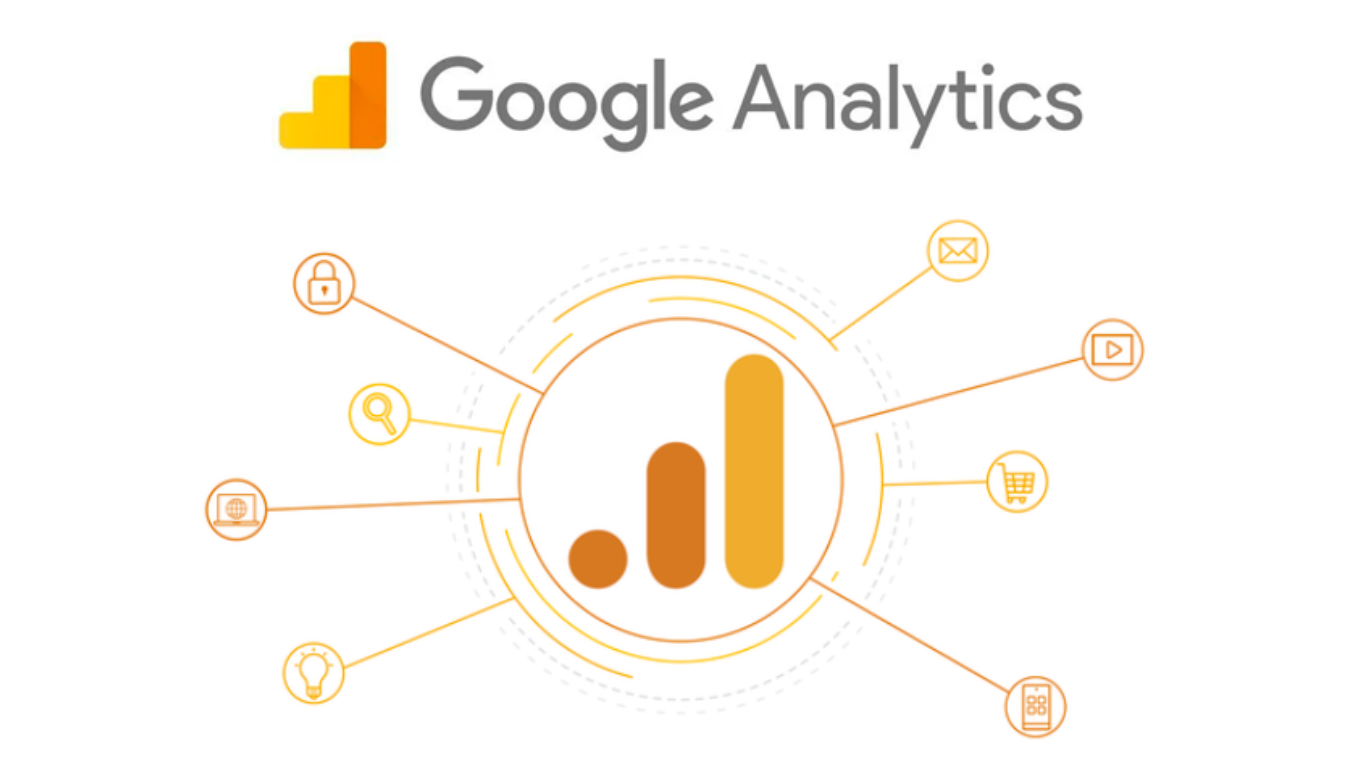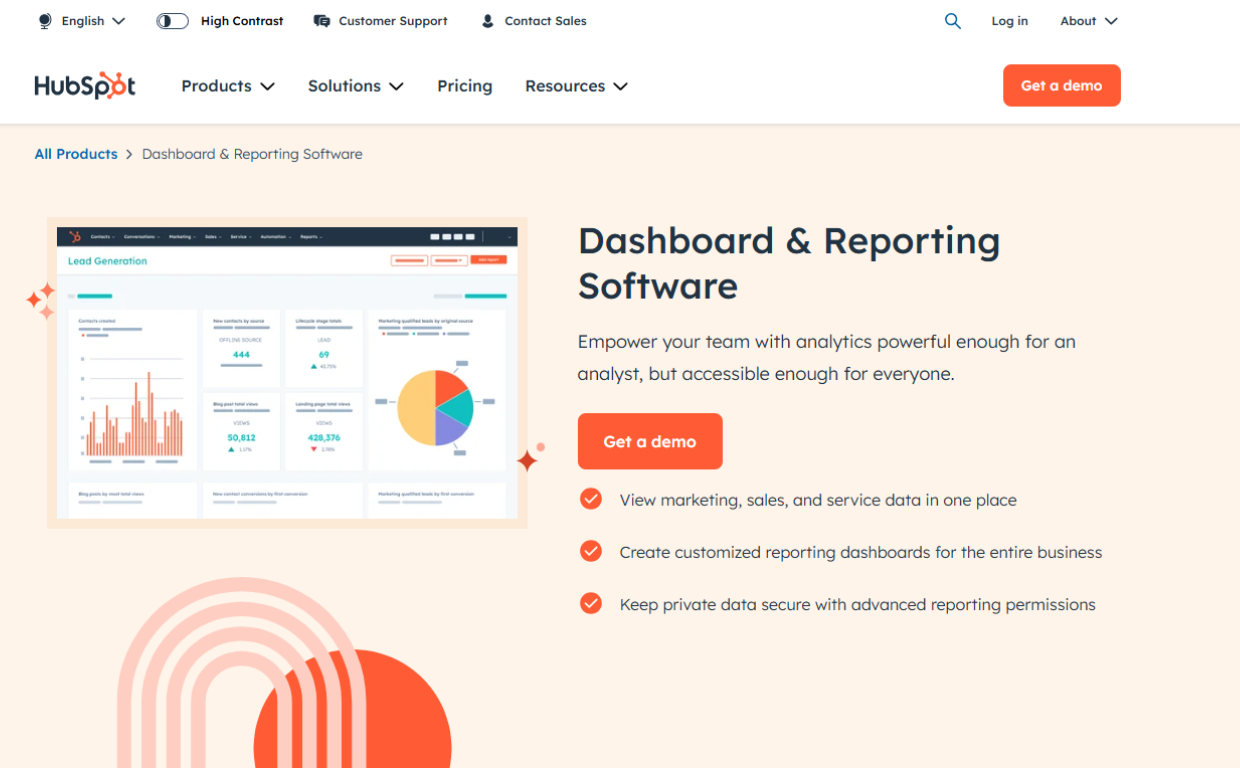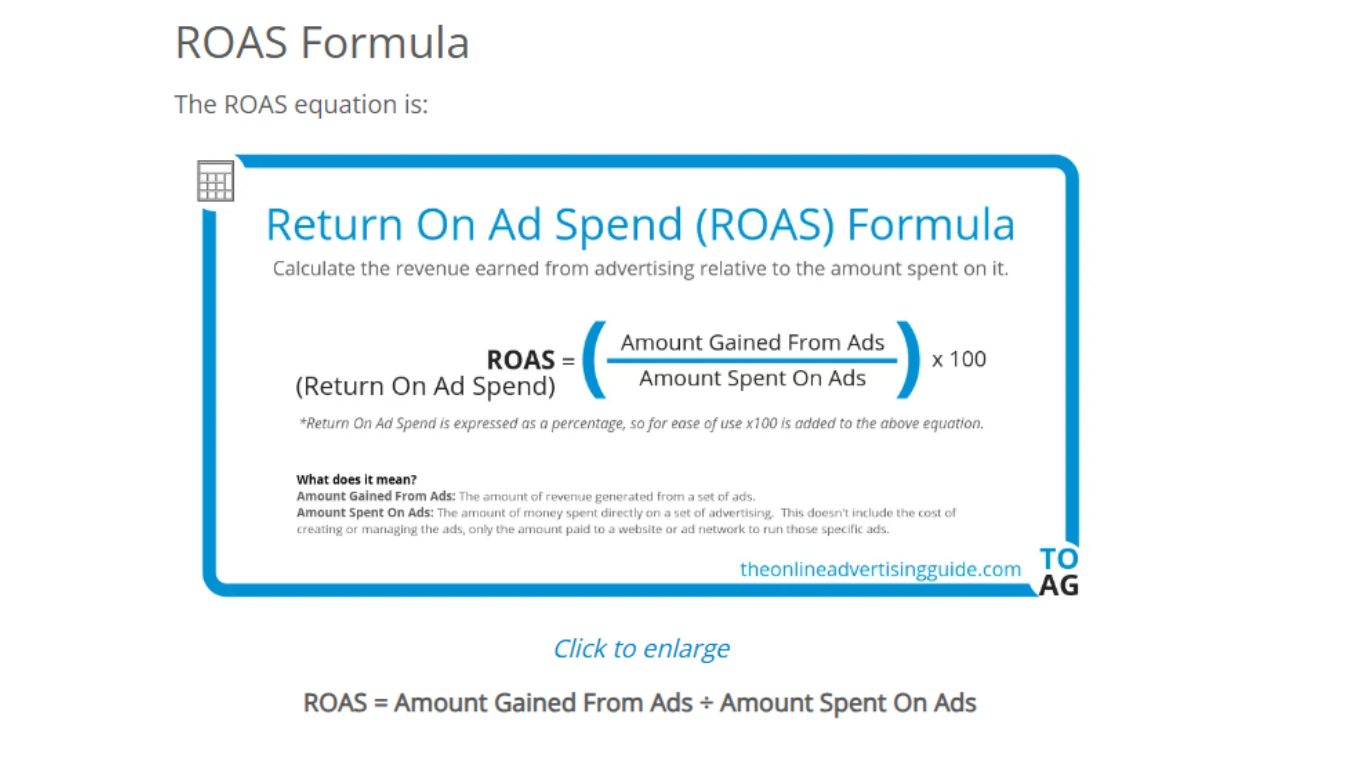Understanding how to measure social media ROI eCommerce is essential for businesses aiming to assess the effectiveness of their online marketing strategies.
Social media ROI quantifies the return on investment generated from social media activities, encompassing both monetary gains and brand engagement.
Measuring social media ROI is crucial for several reasons:
- Budget Allocation: Identify which platforms and strategies yield the highest returns, guiding future investments.
- Campaign Effectiveness: Demonstrate the impact of social media efforts on overall business performance.
- Informed Decision-Making: Utilize data-driven insights to refine marketing approaches.
This article will guide you through:
- Key components of social media ROI
- Methods for calculating and tracking it effectively
- Essential metrics and tools for enhanced measurement in eCommerce
What is Social Media ROI?
Social media ROI (Return on Investment) represents the value generated from investments in social media marketing activities. It includes both monetary and non-monetary values that come from these efforts.
What Makes Up Social Media ROI?
1. Monetary Value
This includes direct revenue generated from conversions attributed to social media marketing campaigns. For example, if a social media advertisement leads to a sale, the profit from that sale contributes to the monetary ROI.
2. Non-Monetary Value
Elements such as brand awareness, customer engagement, and community building fall under this category. These factors are crucial for long-term business success but may not provide immediate financial returns.
Why Showing Effectiveness Matters
Proving the effectiveness of social media marketing initiatives is vital for informed budget allocation.
Businesses can:
- Assess which platforms yield the highest returns
- Allocate resources efficiently based on performance data
- Justify ongoing investment in high-performing social media marketing strategies
Having a clear understanding of social media ROI helps organizations make strategic decisions, optimize campaigns, and improve overall marketing effectiveness.
This comprehensive understanding can be achieved by measuring various aspects of social media ROI, allowing businesses to refine their social marketing strategy and maximize their return on investment.
Basic ROI Formula for Social Media
Calculating social media ROI is essential for evaluating the effectiveness of your efforts.
The basic social media ROI formula is:
[ \text{ROI} = \left( \frac{\text{Profit}}{\text{Investment}} \right) \times 100 ]
Components of the Formula
1. Profit
This represents the revenue generated from social media marketing activities minus the costs associated with those activities.
Proper profit calculation includes:
- Sales generated directly from social media marketing campaigns.
- Any incremental revenue attributed to social efforts.
2. Investment
This encompasses all costs associated with running social media marketing campaigns, such as:
- Advertising spend.
- Content creation and management expenses.
- Tools and software used for social media analytics and engagement.
Understanding these components allows businesses to make informed decisions regarding their investment tactics and optimize their investment metrics.
By regularly calculating ROI, companies can identify which strategies yield the best returns and adjust their approaches accordingly.
Attribution Tools for Accurate Measurement
Measuring social media ROI requires effective ROI tools that help track and attribute sales to specific social media efforts.
Here are key ROI tools that facilitate this process:
1. Google Analytics

Google analytics is a powerful platform that tracks website traffic, user behavior and target audience.
By setting up UTM parameters, businesses can identify which social media marketing efforts and campaigns drive the most traffic and conversions.
For instance, appending UTM codes to URLs shared on social platforms allows marketers to see detailed reports on campaign performance.
2. Facebook Pixel

A snippet of code placed on a website that tracks user actions after they interact with Facebook ads.
This tool enables eCommerce businesses to measure conversions from their ad campaigns, optimize campaigns based on collected data, and retarget users who didn’t initially convert.
3. Other Analytics Platforms

Social media tools like HubSpot and Hootsuite provide comprehensive analytics for social media channels. They help in tracking engagement metrics, audience demographics, and conversion rates over time.
Utilizing these social media tools enhances measurement accuracy by providing insights into customer journeys and behaviors across multiple platforms.
By understanding how different social campaigns perform, businesses can allocate resources more effectively and refine strategies to improve social ROI.
Key Performance Indicators (KPIs) to Monitor
Measuring social media ROI requires tracking specific Key Performance Indicators (KPIs) that provide insights into campaign effectiveness.
The following KPIs are critical for understanding the impact of social media efforts on eCommerce:
1. Conversion Rates
This metric indicates the percentage of users who take a desired action, such as making a purchase after clicking through from a social media platform. A higher conversion rate signifies effective targeting and messaging, aligning closely with business objectives to drive sales.
2. Click-Through Rates (CTR)
CTR measures the ratio of users who click on a link in a social media post compared to the total number of users who view that post. High CTRs suggest engaging content and successful audience targeting.
Monitoring CTR helps businesses refine their social media strategy and optimize content for better engagement.
3. Customer Acquisition Costs (CAC)
CAC calculates the total cost incurred to acquire a new customer through social media efforts.
This includes expenses related to advertising, promotions, and other marketing activities. Understanding CAC is vital for evaluating profitability and ensuring marketing budgets are allocated efficiently.
Each KPI plays a significant role in assessing overall performance. Aligning these vanity metrics with business objectives ensures that social media strategies contribute effectively to growth targets.
Regular monitoring allows businesses to adapt their approaches based on data-driven insights, ultimately enhancing their return on investment in social media initiatives.
Engagement Metrics: Going Beyond Numbers
Engagement metrics are critical indicators of how well a brand connects with its audience on social media. They encompass various forms of audience interaction, including likes, shares, comments, and overall engagement rates.
Understanding these metrics provides insight into customer sentiment and the effectiveness of content strategies.
Significance of Engagement Metrics
Here are two reasons why engagement metrics are significant:
- Brand Loyalty: High engagement rates often correlate with increased brand loyalty. When audiences actively interact with content, they develop emotional connections to the brand, increase brand awareness fostering long-term relationships.
- Customer Retention: Engaged customers are more likely to return for repeat purchases. By nurturing this meaningful engagement, businesses can enhance customer retention rates, ultimately leading to sustained revenue growth.
Measuring Engagement Effectively
To measure engagement effectively, consider the following:
- Engagement Rate Formula: This can be calculated by dividing the total engagements (likes, shares, comments) by the total impressions or reach and multiplying by 100.
- Content Analysis: Assess which types of posts generate higher interaction levels. Videos often outperform static images in engagement.
Tracking engagement metrics not only informs content strategy but also helps businesses gauge audience interests and preferences. Such insights drive more personalized marketing efforts, further enhancing customer satisfaction and loyalty.
Return on Ad Spend (ROAS): Maximizing Profitability from Paid Ads
Return on Ad Spend (ROAS) is a crucial metric that evaluates the effectiveness of paid advertising campaigns. It measures the revenue generated for every dollar spent on ads, providing insights into ad spend efficiency.
The basic ROAS calculation is as follows:

Example:
Imagine you spend $1,100 on advertising on Facebook to sell a new type of hat. Your advertising goes incredibly well, and you sell 2,800 hats. Each hat sells for $150, resulting in $420,000 in revenue.
This means your results are:
- Ad Spend: $1,100
- Conversions: 2,800
- CPA: $0.39 [$1,100 ad spend ÷ 2,800 conversions]
- Revenue: $420,000 [2,800 conversions x $150 price per unit]
- ROAS: 38,182% [$420,000 revenue ÷ $1,100 ad spend]
This means that for every $1 you invest in Facebook ads, you receive $381.82 in sales in return. This is a very high return on ad spend (ROAS), indicating the campaign’s strong performance.
A higher ROAS indicates better performance, reflecting successful advertising strategies that lead to increased sales.
Strategies for Optimizing ROAS
- Targeting the Right Audience: Utilize demographic and interest-based targeting to reach potential customers who are more likely to convert.
- A/B Testing: Experiment with different ad formats, messages, and calls-to-action (CTAs) to determine which combinations yield the highest return.
- Optimize Ad Placement: Analyze platform performance and allocate budget toward channels that deliver the best results, whether that’s Facebook, Instagram, or Google Ads.
- Retargeting Campaigns: Engage previous visitors through retargeting ads. This strategy can convert interested users who did not complete a purchase initially.
Investing time in understanding and optimizing ROAS not only enhances performance but significantly contributes to achieving measurable social ROI in eCommerce initiatives.
Reporting, Analysis, and Continuous Improvement in Social Media ROI Measurement
Regular performance reporting is essential for understanding social media ROI. It provides insights into how well social media campaigns are performing, facilitating informed decision-making.
Key aspects include:
1. Frequency of Reporting
Establish a consistent schedule for performance reports, whether weekly, monthly, or quarterly. This allows businesses to monitor progress and make timely adjustments.
2. Data Analysis Methods
Utilize various analytical tools to dissect data from different platforms.
This can include:
- Google Analytics: Track website traffic originating from social platform.
- Platform-Specific Insights: Leverage native analytics tools from platforms like Facebook, Instagram, or Twitter to gain detailed performance metrics.
- Cross-Platform Comparison: Analyze and compare success across multiple channels to identify which strategies yield the best results.
Ongoing evaluation based on performance data is crucial for maximizing social media ROI:
- Strategic Adjustments: Use insights gathered from reports to refine targeting strategies, content types, and posting schedules. Adjust campaigns in real-time based on what resonates with the audience.
- Learning from Past Performance: Review both successes and failures. Understanding past campaign outcomes helps shape future strategies and avoid repeating mistakes.
By implementing robust reporting practices and thorough data analysis, eCommerce businesses can continuously improve their social media efforts.
This proactive approach ensures that marketing investments yield optimal returns while adapting to changing consumer behaviors and preferences.
Benchmarking Against Competitors: Gaining a Competitive Edge in Social Media ROI Measurement
Benchmarking against competitors is essential for understanding your position in the market.
This process involves comparing your social media performance metrics to industry benchmarks, allowing for a clearer assessment of latest social media campaign success and effectiveness.
Significance of Benchmarking
- Identify Industry Standards: Establishing norms within your industry helps set realistic performance expectations.
- Highlight Strengths and Weaknesses: A comparative analysis can reveal areas where your campaigns outperform competitors as well as aspects requiring improvement.
Utilizing Benchmarks Effectively
- Select Relevant Metrics:
Focus on KPIs that matter most in your niche, such as engagement rates, conversion rates, and customer acquisition costs. - Analyze Competitor Performance:
Use tools like Ahrefs, SimilarWeb, or Sprout Social to gather data on competitor social media metrics. - Adapt Strategies Accordingly:
Adjust marketing tactics based on insights gained from competitive analysis. If competitors excel in specific areas like content type or posting frequency, consider integrating similar strategies into your approach.
By leveraging industry benchmarks thoughtfully, businesses can enhance their social media strategies and drive more effective campaigns.
Understanding where you stand relative to competitors enables informed decisions that can significantly boost social media ROI.
The Impact of Paid Advertising on Social Media ROI Measurement

Paid social advertising plays a crucial role in driving conversions and engagement for eCommerce businesses.
Understanding the effectiveness of these campaigns is essential for optimizing marketing budgets and maximizing returns.
Importance of Measuring Ad Impact
- Conversions: Tracking how many users complete desired actions (purchases, sign-ups) after engaging with social ads helps assess their effectiveness.
- Engagement: Monitoring interactions such as likes, shares, and comments can reveal how well social ads resonate with target audiences.
Strategies for Analyzing Ad Effectiveness
- Utilize Analytics Tools: Platforms like Facebook Ads Manager or Google Analytics provide insights into ad performance metrics, including click-through rates (CTR) and conversion rates.
- A/B Testing: Conducting experiments with different ad formats, visuals, and copy allows businesses to identify what resonates best with audiences.
- Return on Ad Spend (ROAS): Calculate ROAS using the formula: [ \text{ROAS} = \frac{\text{Revenue from Ads}}{\text{Cost of Ads}} ] This metric helps understand the profitability of each ad campaign.
- Attribution Models: Implementing models such as first-touch or last-touch attribution assists in determining which ads contribute most significantly to sales.
Measuring the impact of paid social advertising not only enhances understanding but also drives informed decisions that can lead to improved ROI from social media efforts.
Challenges and Solutions in Measuring Social Media ROI
Measuring social media marketing ROI presents various challenges that can hinder marketers’ ability to evaluate their strategies effectively.
Key difficulties include:
1. Measurement Challenges
- Brand Awareness: Quantifying the impact of social media on brand awareness often proves elusive, as this metric does not directly correlate with sales figures.
- Indirect Benefits: Tracking indirect benefits such as customer sentiment or loyalty is notoriously challenging. These factors may influence purchasing behavior but are difficult to measure directly.
To navigate these obstacles, social media managers can implement several strategies:
- Utilize Advanced Analytics Tools: Leverage tools like Google Analytics and social media insights to track user engagement and conversions more accurately.
- Establish Clear KPIs: Define specific, measurable objectives that align with broader business goals. This allows for a clearer understanding of what success looks like.
- Conduct Surveys and Feedback: Gathering qualitative data through customer surveys can provide insights into brand perception and the effectiveness of social media efforts.
By addressing these challenges head-on, marketers enhance their ability to measure social media marketing ROI effectively, paving the way for informed decision-making in future campaigns.
Future Trends: Embracing Social Commerce for eCommerce Success
The world of eCommerce is changing quickly, and social commerce is becoming an important part of online shopping. Right now, it’s clear that sales through social media platforms are expected to grow significantly.
According to a report from eMarketer in 2023, social commerce sales in the U.S. are projected to reach $45 billion, which is a big jump from last year.
Key factors driving this growth include:
- Increased Platform Integration: Social media platforms are enhancing their shopping features, allowing users to purchase directly through ads and posts. Instagram and Facebook Shops have become essential tools for businesses to showcase products.
- User-Generated Content: Brands leverage authentic reviews and endorsements from customers on social media to build trust and drive conversions. This content often leads to higher engagement rates and increased sales.
- Influencer Marketing: Collaborating with influencers on social media platforms continues to shape purchasing decisions. Influencers serve as trusted sources for their followers, enhancing brand visibility and credibility.
As sales through these social media posts increase, it becomes even more important for businesses to optimize their return on investment (ROI) from social media.
To do this effectively, companies need to measure how much money they’re making from their social media efforts in eCommerce. By doing so, they can make sure that they’re using their resources wisely and getting the best results possible.
The future looks bright for eCommerce businesses who embrace social commerce. By staying ahead of the trends and adapting to these changes, companies can not only engage their customers better but also boost their revenue in a highly competitive market.
Dario’s Conclusion
Businesses must actively implement the discussed strategies to enhance their understanding of How to Measure Social Media ROI Ecommerce.
Key actions include:
- Regularly tracking and analyzing social media performance metrics.
- Utilizing attribution tools to connect sales directly to social media efforts.
- Continuously evaluating and adjusting campaigns based on data insights.
Adapting to changing trends in eCommerce is essential for sustained success.
Companies should focus on:
- Staying updated with emerging social commerce trends.
- Investing in innovative technologies that facilitate effective measurement strategies.
- Aligning marketing objectives with the evolving landscape of consumer behavior.
Taking these steps enables businesses to optimize their future investments, ensuring a robust return on social media initiatives. Embracing this approach not only drives profitability but also fosters long-term growth in an increasingly competitive marketplace.
Frequently Asked Questions
Why is it important to measure social media ROI?
Measuring social media ROI is crucial for business success as it demonstrates the effectiveness of social media efforts, justifies budget allocation, and informs strategic decisions. It allows businesses to optimize their marketing strategies based on data-driven insights.
What is the basic formula for calculating social media ROI?
The basic formula for calculating social media ROI is Profit divided by Investment (ROI = Profit / Investment). This formula helps businesses assess the financial return they are generating from their social media activities.
What tools can be used for tracking and measuring social media ROI?
Tools such as Google Analytics, UTM parameters, and Facebook Pixel are effective for tracking and attributing sales to social media efforts. These tools provide insights into performance metrics, helping marketers evaluate the impact of their campaigns accurately.
What key performance indicators (KPIs) should be monitored for measuring social media ROI?
Critical KPIs relevant to measuring social media ROI include conversion rates, click-through rates (CTR), and customer acquisition costs (CAC). Monitoring these KPIs helps businesses evaluate their marketing effectiveness and align their goals with overall business objectives.
How can businesses overcome challenges in measuring social media ROI?
Businesses can overcome challenges in measuring social media ROI by implementing clear measurement strategies, utilizing advanced analytics tools, and focusing on both direct and indirect benefits. Regular reporting and analysis can also help identify trends and areas for improvement.



